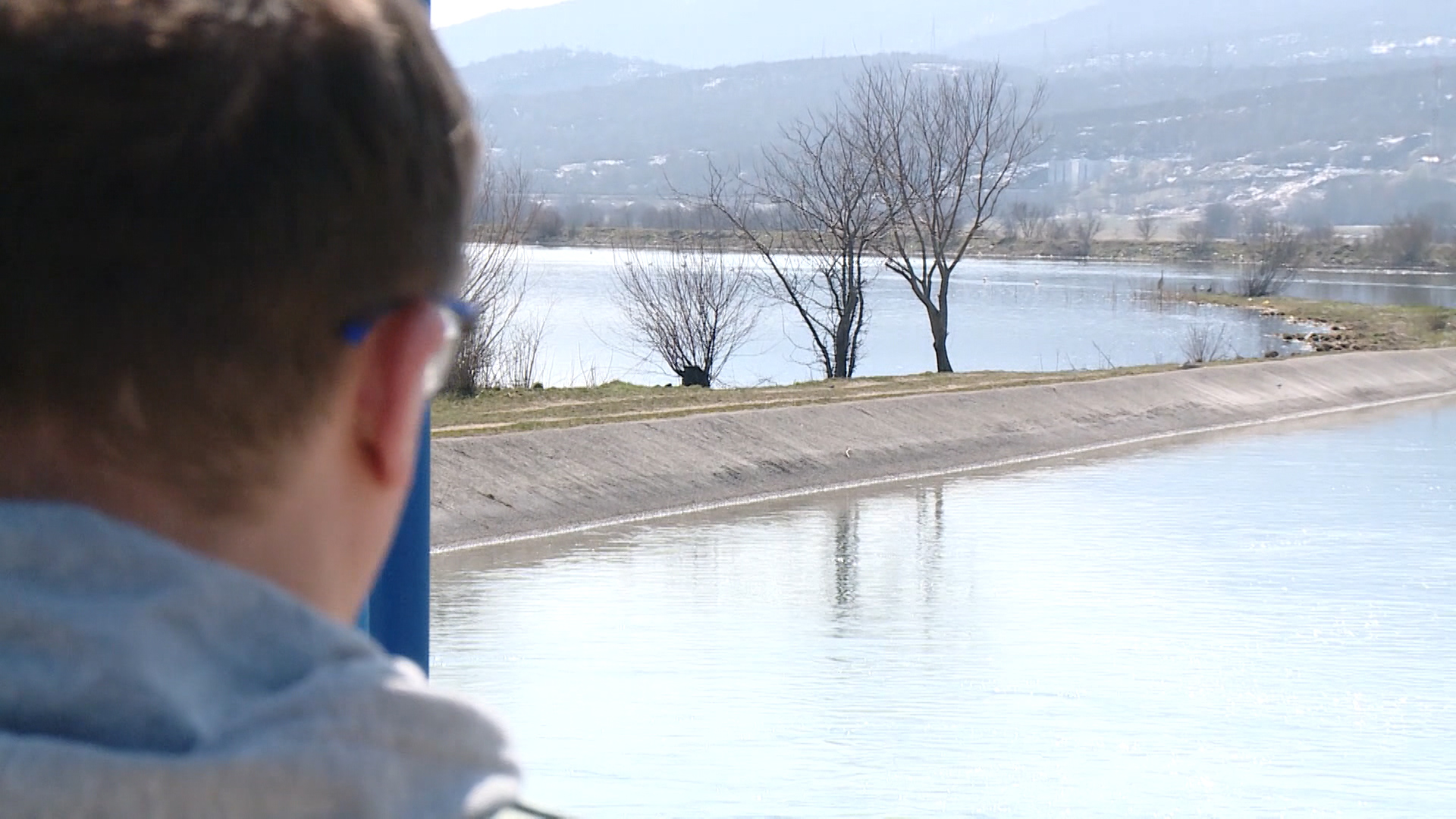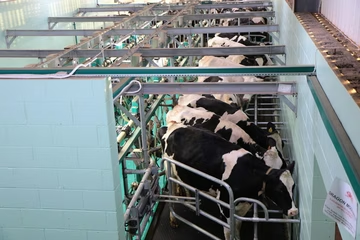
Croatia’s public electric utility company, HEP, has been exploiting the largest man-made lake in Europe, Busko Blato, for years although it is located in Bosnia and Herzegovina. The HEP is using the Busko Blato water to supply its hydroelectric power plant Orlovac – without any inter-state agreement in place.
Busko Blato was built 48 years ago and has since then been used by the Orlovac power plant in Dalmatia. Back then, the citizens of the nearby towns of Livno and Tomislavgrad were promised they would benefit from its’ construction. They were paid a, as they put it, “miserable” compensations for their flooded lands. Many left the area and now live elsewhere, while those who stayed do not benefit from the lake at all.
“Maybe those who have cattle benefit a little, but the rest of us who used to live from farming the land don’t at all,” said Ruza Sola, from nearby Prisoje.
According to environmental protection organizations, nobody paid attention to what kind of effect such a project could have on the environment at the time when the lake was built.
“The current way Busko Blato is run is not ideal, nor does it meet the needs of the local population. I think that local authorities should get more involved in the organization of the way waters in the Livno Kanton are managed,” said Mato Gotovac, from WWF Adria Livno.
The lake is managed by Croatia’s utility company since 1996. The only contract ever that defines how the water will be used was signed during the so-called Croatian Republic of Herzeg-Bosna. HEP has made hundreds of millions of Bosnian Marks from the lake throughout the past 20 years while the nearby local municipalities, located in Bosnia, barely made a profit of several tens of millions.
The government of the Livno Kanton filed a lawsuit alleging a debt larger than three million Bosnian Marks which they say Croatia owes for the use of the lake. An ecologic permit the Ministry of Environment and Tourism of Bosnia’s Federation entity granted to a pump station owned by Croatia is also being challenged in court.
Cantonal authorities would not give a statement on the issue, but parliamentarian Maja Gasal-Vrazalica, from Livno, said that for years already, Croatia is extracting millions from the lake, while the local municipalities are getting a miserable amount.
“Analysis and statistics show that Croatia makes about 70 million Bosnian Marks, while only two or three million is paid to the Livno and Tomislavgrad municipalities. Bosnia and Herzegovina needs to protect its resources and their utilization should work towards the benefit of the state as opposed to ta neighbor country using our potentials,” she said.
HEP said it operates legally and according to FBiH rules, and that they are not the ones to decide on the legality of the distribution of the compensations for the flooded land. HEP is paying a compensation for using the water according to the Law on Allocation of Part of the Companies’ Revenue Generated from the Use of the Hydro-Accumulation Facilities as well as the Law on Waters in FBiH. The amount paid as compensation is significantly larger than the one paid to communities in Croatia where thre hydroelectric power plants are located.
On the other hand, Foreign Trade and Economic Relations Minister Mirko Sarovic said it is necessary to change the law that regulates compensations for flooded land.
“It is necessary to define that the compensation for the land flooded by Busko Blato should be calculated according to the surface area, which would in this case be much more useful for the local communities, cantons and the Federation. I believe this is the only correct way,” Sarovic said.
Croatia’s Prime Minister Andrej Plenkovic agreed with this last year at a joint meeting between the Councils of Ministers of Bosnia and Croatia, saying that Croatia’s stance is that the issue should be regulated. Although Croatia has agreed to the new conditions under which the Busko Blato lake will be used, there are no signs in Bosnia the situation could change any time soon.
Kakvo je tvoje mišljenje o ovome?
Učestvuj u diskusiji ili pročitaj komentare





 Srbija
Srbija
 Hrvatska
Hrvatska
 Slovenija
Slovenija



























































